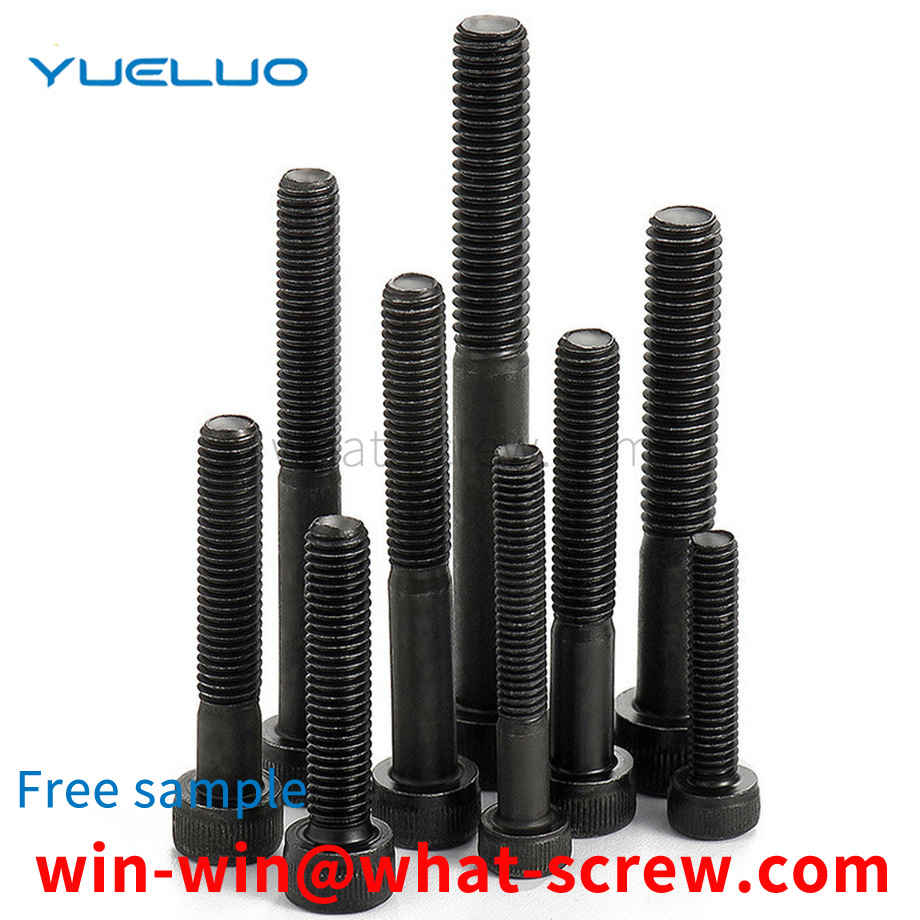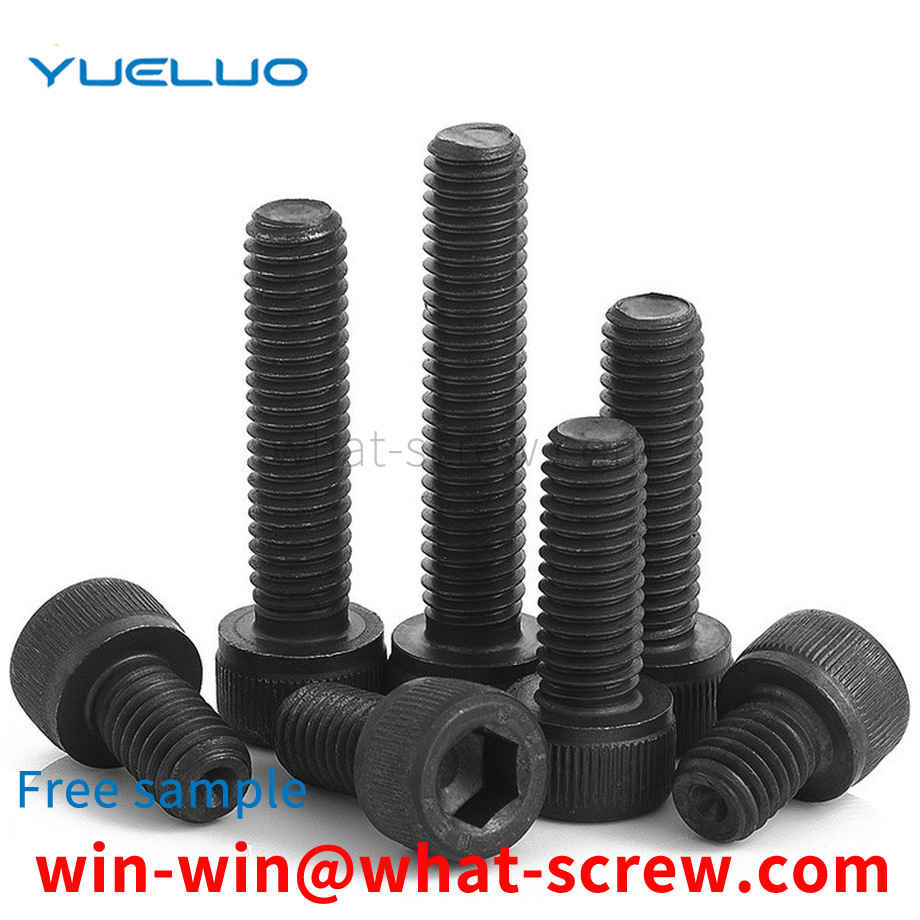GB97.1.CATPart GB97.1.SLDPRT Nominal size d d1 d2 h 1000 weight (kg) ≈ nominal diameter (NND) inner diameter (SD1) outer diameter (SD2) thickness (SD) — 5 5.3 10 1 0.443 Spring washer spring Wasket 6 6.4 12 1.6 1.0518 8.4 16 1.6 1.828 10 10.5 20 2 3.57 14 15 28 2.5 8.611 16 17 30 3 11.29 20 21 37 37.16 24 25 44 4 32.31 30 31 56 4 53.61 36 37 66 5 92.03
The grooved embedded parts are pre-embedded in concrete, and then placed in the groove with T-bolts. After adjusting the fixed position, the fixed object is locked with a nut to achieve the fixing effect. When the grooved embedded parts are embedded vertically in the concrete or at a certain angle to the horizontal line, the T-bolts are likely to move in position before they are tightened. In particular, when fixing heavy equipment, multiple T-bolts are required, and multiple groups of workers are required to help and positioning is difficult, and the installation process is complicated.
screw is a tool that uses the physical and mathematical principles of the circular rotation and friction of an object to fasten the parts of the object step by step. Since the parts to be fixed are different, different types of screws are required for different applications. Press screw is a new type of fastener applied to thin plate or sheet metal. The principle is to press the embossed teeth into the preset holes of the sheet metal. The diameter of the general preset holes is slightly smaller than the outer diameter of the pressure riveting screw. The periphery of the hole is plastically deformed, and the deformed object is squeezed into the guide groove, thereby producing a locking effect. However, the existing pressing screws are easy to loosen due to long use time or frequent vibrations, which is prone to certain hidden dangers.
screw with a gasket aims to provide a screw with a gasket that improves installation efficiency. The technical solution of the screw is that after the screw cap, the connecting rod and the screw rod are processed, the gasket with the installation through hole is processed. The installation through hole is drilled through the connecting rod, and then the end of the screw rod opposite to the connecting rod is processed to form a convex tooth structure by extrusion. At the same time, the outer diameter of the tooth peak of the convex tooth is larger than the inner diameter of the installation through hole, so that the gasket is not easy to be installed. Falling off, the step of manually wearing the gasket is reduced, that is, the workload of the staff is reduced, and the installation efficiency is relatively high. The flange increases the contact area between the screw cap and the gasket, and enhances the friction between the screw cap and the gasket, which can prevent the screw from loosening easily after being fastened and installed, thereby improving the connection stability of the screw. When installing the screw, the fixing part can be snapped into the fixing groove on the installation plane, so as to avoid the washer from rotating with the rotation of the screw when the screw is tightened, which is convenient for the tightening and installation of the screw.
The Greek mathematician Arkutas once described the principle of screw, screw, screw. In the first century AD, the Mediterranean world had begun to use wood screws, screws, and screws in screw presses that could press olive oil from olives, or make wine from grapes. Before the fifteenth century, metal screws, screws, screws were rarely used as fasteners in Europe. Rybczynski (Rybczynski) proves that hand-held screwdrivers and screwdrivers existed in the Middle Ages (at the latest AD 1580), but it was not until the eighteenth century that threaded fasteners were commercialized and began to be widely used. . Before threaded fasteners were widely used, there were many different ways of tightening. Mostly related to woodworking and forging, and less to machining, concepts such as dowels and pins, wedges, tenon and tenon, dovetails, nails, forge welding, and others are tied with leather or fiber and tied together. Before the mid-nineteenth century, ships were built with cotter pins, pin bolts, or rivets. There were also adhesives, but not as many as they are here today. Metal screws, screws, and screws became commonly used fasteners after the use of machine tools in the 18th century to mass-produce screws, screws, and screws. This technology developed around the 1760s and 1770s, along two separate processes. Approaches, but quickly converged: wood screws, screws, screws (metal screws for wood fixing, screws, screws) are machined with single-purpose, high-yield machines, and low-volume, mold shop style production V-Thread Machine Screws, Screws, Screws, can choose from a variety of different pitches.
We have many years of experience in the production and sales of screws, nuts, flat washers, etc. The main products are: DIN934 stainless steel screws, spacer column support studs, snap nuts, flat washers standard size table and other products, we can provide you with suitable products for you Fastener Solutions.



















 Service Hotline
Service Hotline




